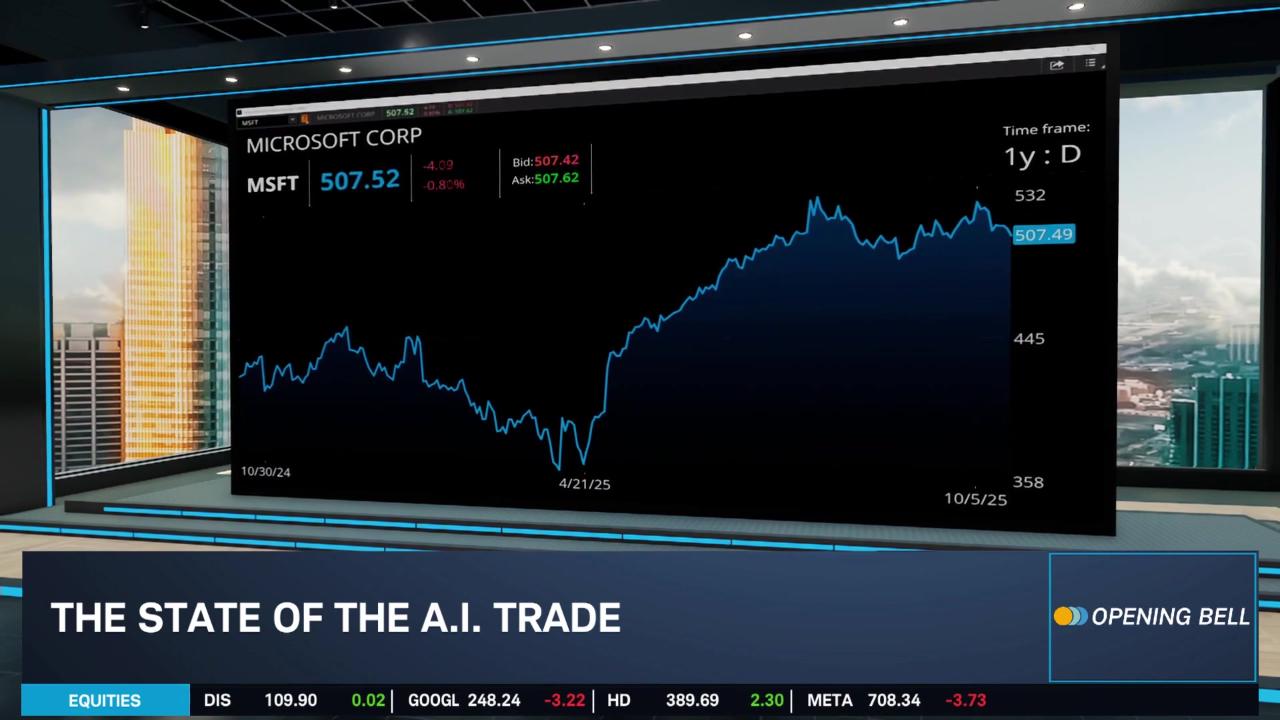- Market Minute
- Posts
- Volatility Resets can be Healthy
Volatility Resets can be Healthy

Markets last week finally experienced a stretch of volatility that lasted longer than a single session as investors began to price in several near-term risks: escalating trade tensions, potential credit stress following the bankruptcies of First Brands Group and Tricolor Holdings, and the prolonged government shutdown, which is expected to show its impact on the broader economy in the coming weeks.
However, volatility isn’t always a bad thing. It can flush out some of the excess “froth” in the market and reset valuations for certain stocks or sectors, creating more attractive entry points for investors. From a technical perspective, and with earnings season set to ramp up over the next two weeks, volatility may be approaching a point where it begins to stall or even move lower.
The CBOE Volatility Index (VIX) currently sits slightly above the 20 level. For the first time since around the April lows, the VIX — which measures implied volatility in the S&P 500 — had been priced higher than the 3-month VIX (VIX3M). This is known as backwardation, which occurs when near-term risk or uncertainty is greater than that priced into longer-dated contracts.
Backwardation in the volatility complex typically doesn’t last long. It usually resolves in one of two ways: either near-term uncertainty fades and short-term volatility declines, or the market begins pricing more risk into longer-term contracts, thereby “normalizing the curve.” So, while the VIX remains elevated on its own, the market has already begun to step back from some of the immediate risk concerns.
With the government shutdown still in effect and, as of Friday, no signs of a near-term resolution, the release of several key economic indicators remains on hold. However, we will still receive Consumer Price Index (CPI) data on Friday, as it’s needed to calculate Social Security Cost-of-Living Adjustments (COLA).
Beyond CPI, the Federal Reserve’s blackout period begins today, meaning no additional Fed commentary will be available to influence markets (FOMC Member Waller is expected to speak on Tuesday, but his comments should not include anything around Fed policy). On the corporate side, earnings from Netflix (NFLX), Tesla (TSLA), and Intel (INTC) are likely to capture investor attention and could play a role in shaping market sentiment in the near term.
Featured Clip
Tune in live from 8 a.m. to 5 p.m. ET, or anytime, anywhere, on‑demand.
Or stream it via thinkorswim® and thinkorswim Mobile, available through our broker-dealer affiliate, Charles Schwab & Co., Inc
Please do not reply to this email. Replies are not delivered to Schwab Network. For inquiries or comments, please email [email protected].
See how your information is protected with our privacy statement.
Charles Schwab and all third parties mentioned are separate and unaffiliated, and are not responsible for one another's policies, services or opinions. Schwab Network is brought to you by Charles Schwab Media Productions Company (“CSMPC”). CSMPC is a wholly owned subsidiary of The Charles Schwab Corporation and is not a financial advisor, registered investment advisor, broker-dealer, or futures commission merchant.

